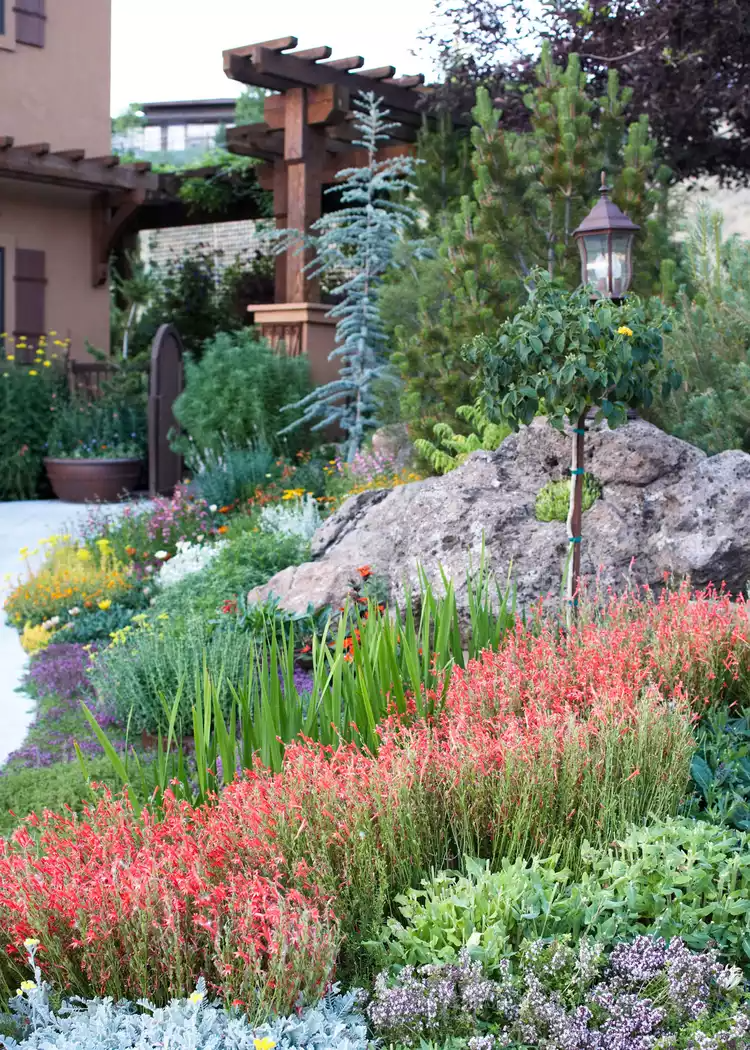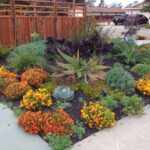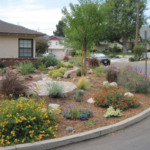With climate change leading to more frequent and severe droughts, creating a drought-resistant landscape has become increasingly important. By incorporating low-water plants, efficient irrigation systems, and water-saving practices, you can reduce your water usage and maintain a beautiful and thriving garden even in times of drought. Here are some tips to help you create a drought-resistant landscape:
1. Choose drought-resistant plants: When selecting plants for your garden, opt for varieties that are well-adapted to dry conditions. Succulents, cacti, grasses, and native plants are all good choices, as they have evolved to survive with minimal water. Look for plants with silver or grey leaves, as these are often more drought-tolerant. Avoid high-water plants like lawns, which require frequent watering to stay green.
2. Group plants with similar water needs: To make watering more efficient, group plants with similar water requirements together. This allows you to water each zone appropriately, rather than overwatering some plants while underwatering others. Consider creating separate zones for high-water and low-water plants, and adjust your irrigation schedule accordingly.
3. Mulch your garden beds: Mulch helps to retain moisture in the soil, reducing the need for frequent watering. Organic mulches like wood chips, straw, and bark not only conserve water but also improve soil health and suppress weeds. Apply a thick layer of mulch around your plants, leaving a gap around the base of each plant to prevent rot.
4. Install a drip irrigation system: Drip irrigation delivers water directly to the root zone of plants, minimizing water loss to evaporation and runoff. It is more efficient and precise than overhead watering, ensuring that plants receive the right amount of water without wasting a drop. Drip systems can be easily customized to accommodate different plant types and water requirements.
5. Collect rainwater: Harvesting rainwater is a sustainable way to supplement your irrigation needs during dry periods. Install a rain barrel or cistern to capture rainwater from your roof, which can then be used to water your garden. Rainwater is free of chemicals and minerals found in tap water, making it an ideal source of moisture for plants.
6. Practice water-saving techniques: In addition to choosing drought-resistant plants and using efficient irrigation systems, there are several water-saving practices you can implement in your garden. Water your plants in the early morning or evening to minimize evaporation, and avoid watering on windy days. Monitor soil moisture levels regularly and adjust your watering schedule as needed. Consider using greywater from your household for irrigation, after ensuring it is safe for plants.
Creating a drought-resistant landscape requires thoughtful planning and maintenance, but the benefits are well worth the effort. By incorporating water-saving practices and choosing the right plants, you can conserve water, reduce your environmental impact, and enjoy a beautiful and vibrant garden all year round.




















